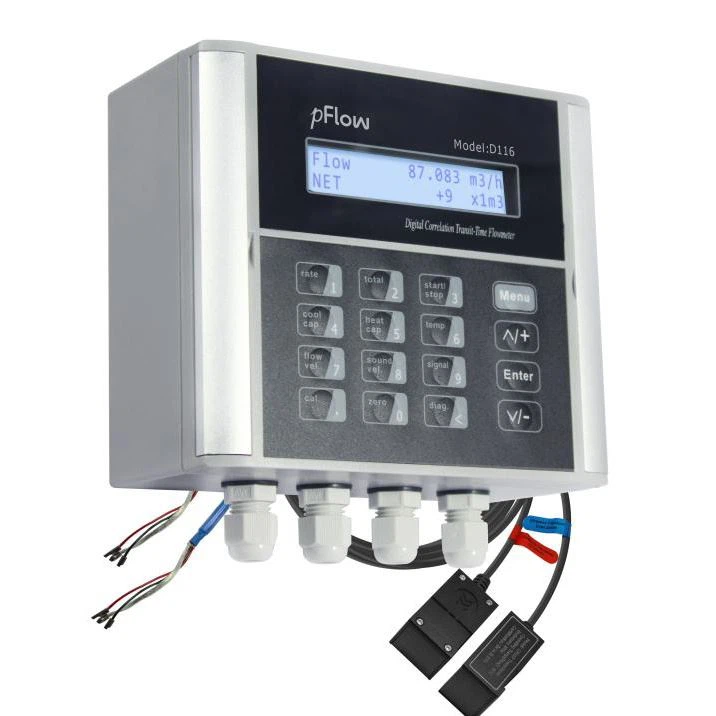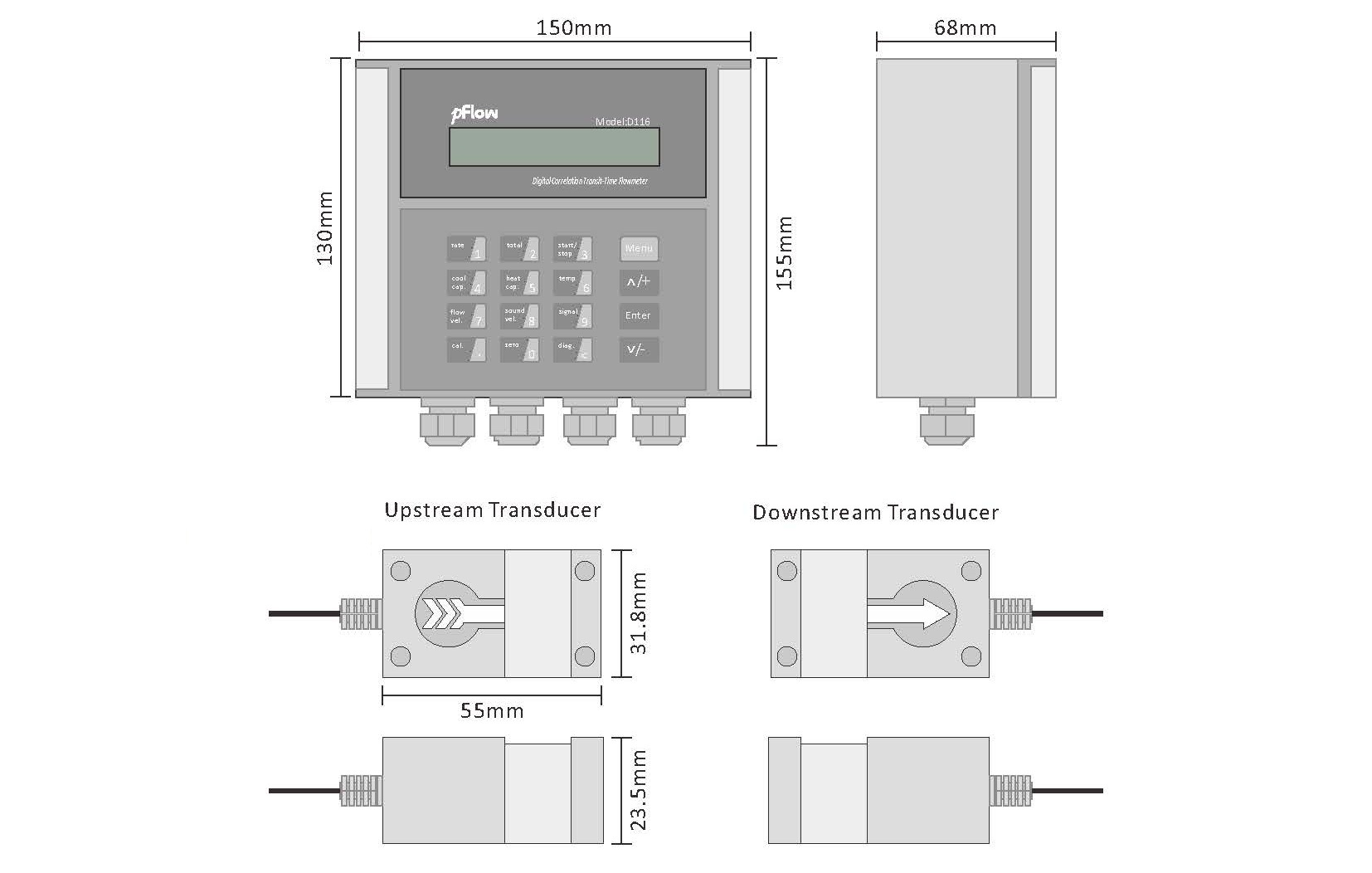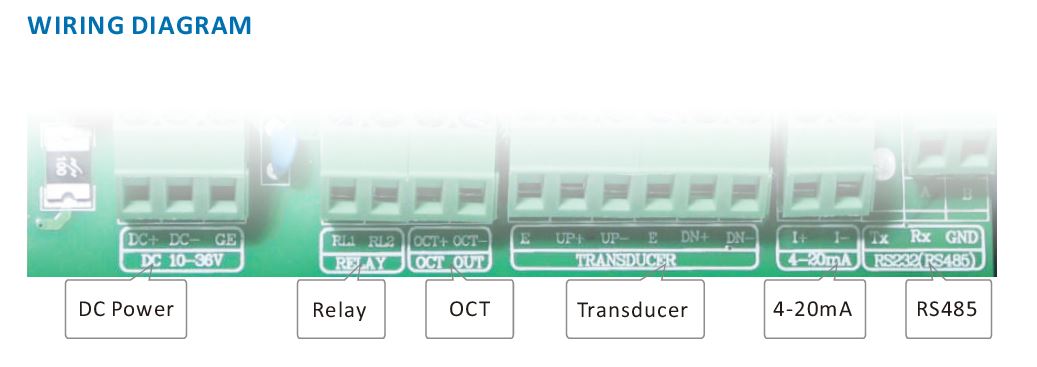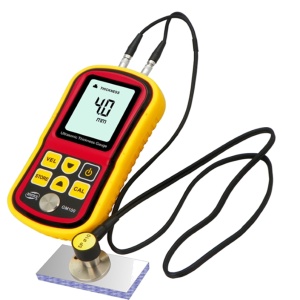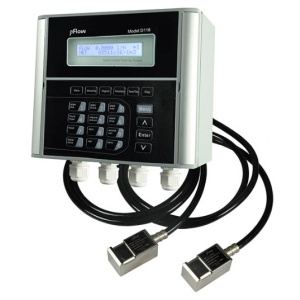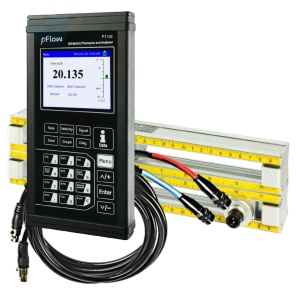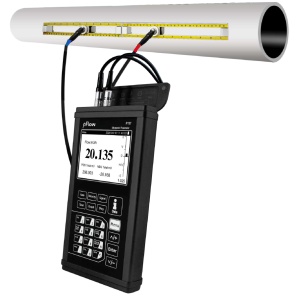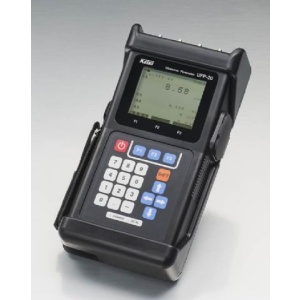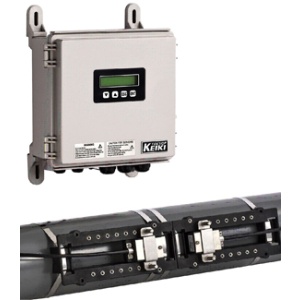D116 wall mount ultrasonic flow meter features state of the art advanced non-invasive technology meaning there is no pressure drops, no moving parts, no leaks, and no risk of contamination. It is clamped to the outside of the pipe without the need to cut into or stop the process.
The D116 is designed using FPGA chip and low-voltage broadband pulse transmission, comparing with other traditional flow meters or ultrasonic flowmeters, it has distinctive features such as high precision, high reliability, high capability and low cost, which while is primarily designed for clean liquids, this flow meter can reliably measure liquids containing small amounts of suspended solids or aeration.
This flow meter is designed for a permanent wall mount operation for continuous flow measurement.
This flow meter offers a compact size built into a tough IP65 enclosure, so it is suitable for out door use.
The unique clamp-on design makes the installation very simple, requiring no special skills and only basic tools for mounting.
This model is priced very economically, but it does have some key limitations to be aware of:
- Only for measurement of water, it cannot be configured for any other liquid
- Only works with these specified pipe materials: Carbon steel, Stainless steel, Iron, copper, PVC, aluminium, asbestos, fiberglass-epoxy
- Not suitable for pipes with a liner
- There is no data logging on this model, but it does still have a re-settable totaliser
- The max flow velocity it can measure is 5m/s, low compared to other models so just ensure your max flow velocity will fall within it’s measurement capability.


